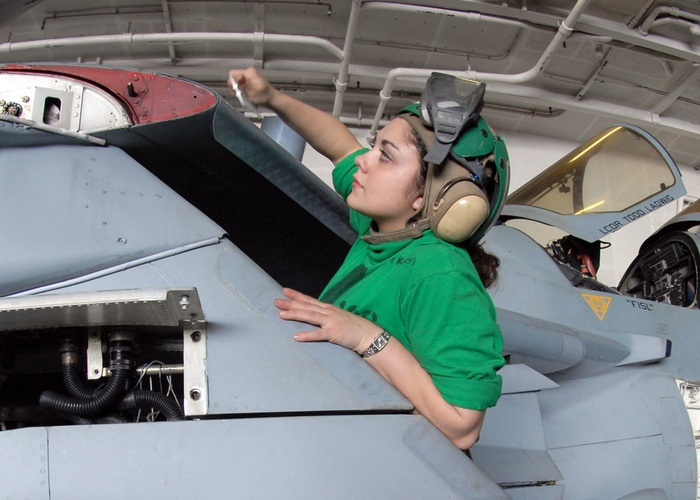Whether an old airframe is on the edge of retirement or a brand-new jet, a robust logistics chain, and parts supply are paramount.
Greenwood Aerospace is your leader in government procurement, aircraft and parts storage and distribution, and military and defense contracting. Our expertise and services include the following:
Procurement of
- Fixed-wing aircraft and associated support
- Aircraft parts & accessories
- Military aircraft parts
- Storage and distribution of parts and supplies to your organization. We will operate as your private warehouse and distribution network.
This is only a sample of our services and capabilities.
Learn more about our services for the defense and military industries. For additional information, you can also contact us here or by emailing sales@governmentprocurement.com.
What Is the Priority Air Transport Mission?
A lot of people don’t know this, but the U.S. Army has one of the largest fleets of fixed-wing aircraft in the world. Number in the hundreds, the Army maintains several different makes and models with the dedicated mission of supporting distinguished visitor (DV) movements, although it is not limited to DVs; the Priority Air Transport mission provides air travel for key resources,sometimes regardless of rank. Let’s take a look at the Priority Air Transport mission, who runs it, who operates in it, and anything else we need to know. Now, for the sake of clarity, we are talking about aircraft with the ‘PATXXX’ call sign, not the United States Army Priority Air Transport Command; this is a self-contained command that operates the fleet of C-37s and UC-35s which are used by the Pentagon brass and are not in the available pool of aircraft used for PAT missions.
The Priority Air Transport mission is just as it sounds: it gives priority placement to senior military leadership for air travel. This does not guarantee a seat for anyone based on rank; it is still a first-come-first-served service because there is no dedicated aircraft for any leaders outside of the Pentagon. The U.S. Transportation Command is the proponent for all PAT missions through it Joint Operational Support Airlift (OSA) program. It’s confusing; OSA missions wear a Priority Air Transport (PAT) callsign but have nothing to do with United States Army Priority Air Transport Command, which does not use the PAT callsign even though it is in the name of the command. It doesn’t have to make sense; that’s how it is structured. OSA is the office that schedules and coordinates high-priority passengers and cargo movements on a fleet of aircraft which is primarily but not exclusively Army. The Army does have the lion’s share of airplanes in the OSA fleet, but the Marines also have quite a few C-12s and UC-35s, and the entire USAF C-21 fleet is at the disposal of the OSA mission.

Who Uses It?
According to the OSA, the prime users are military and DoD civilians on official business or high-priority passengers and cargo that are either time-sensitive, location-sensitive, or mission-sensitive. In other words, passengers or cargo would be a bigger headache to run through commercial air service. Like what, you may ask? Prisoners for one. Military prisoners are escorted on OSA missions by either members of the military investigative divisions (CID, AFOSI, etc.) or U.S Marshalls.
For example, the airfield at Fort Leavenworth is maintained to support prisoner movements through OSA missions. Having that airfield allows the Army to avoid moving highly sensitive prisoners (Bradley Manning, for example) through a public airport, dealing with the press, sympathetic parties, etc. OSA aircraft under the PAT callsign allow them to move prisoners easily without anyone knowing what or who is on the aircraft. Much of the OSA mission outside prisoner movements consists of basic DV movements. Picking up a lieutenant general at Ford Hood and taking them to a conference in Miami, or whatever. The DVs staff officer usually handles the requests, and since OSA fleet aircraft are civilian commercial off-the-shelf models, they can fly inconspicuously into just about any airport.

What Branch Of Service Runs It?
The U.S. Transportation Command is a joint command made up of members from all branches of the military. The current commander, a four-star billet, is an Air Force officer, and the Deputy is Army. U.S. Transcom is located at Scott AFB, Illinois, which is also the headquarters of Air Mobility Command. In other words, they are in close proximity because they are complimentary. Scott is the hub for all global air mobility efforts, so Transcom would share real estate since the missions are complementary.
Is It Exclusively Army Aircraft?
So, OSA aircraft are not in the same bucket as Air Mobility Command (AMC) aircraft because those fall under a different operation envelope, namely that AMC aircraft are all combat-coded tactical aircraft, and also, they are made to service much larger missions. You would not want to dedicate an entire C-130 to a single pallet or a C-17 to a single DV passenger. Because of how it is structured, the Army has the bulk of the assets used in OSA operations, but they are not the exclusive operator. The USMC has a healthy fleet of C-12 Hurons but also operates the UC-35D and has them available in the OSA pool.
What Airframes Make Up The Fleet?
There are four core aircraft that make up the OSA fleet of aircraft.

C-12 Huron
The prime mover is the C-12 Huron. The Army has a couple of hundred C-12s in its inventory that are used primarily for OSA missions. The King Air is a great aircraft for these missions with its decent range and good cruise speed, and it can operate out of nearly any airport in the U.S. It also requires very little support and has excellent fuel economy. Also, with the modified door systems, some Hurons can fit standard pallets onboard, quickly transitioning from a passenger mission to a critical cargo mission.
UC-35
The UC-35 is a bone-stock Cessna Citation V. It is not cargo-capable but capable of flying nearly coast-to-coast without refueling. It is also used extensively in-theatre for DV transports throughout the AOR. The Citation’s high cruise altitude of FL450 keeps them well out of range of any anti-aircraft systems.
C-26
The Fairchild Swearingen SW-4, known in the military as the C-26, is a 19-seat DV transport that is still used to a diminishing degree by the military. It fills rolls interchangeably with the C-12, although it does seat more. However, it lacks the unimproved field capabilities of the C-12, as it is only meant to operate on smooth, finished surfaces.
C-21
The Lear C-21 is a military version of the LJ-35A. It is getting a little older and needs more of the efficiency of modern business jets, but it still has a few years left.
Contractor Maintenance & Logistics
All of the aircraft in the OSA fleet, regardless of branch of service, operate using contractor maintenance and logistics. The only uniformed service members involved in these aircraft are the pilots. This provides much flexibility in handling maintenance, parts being procured, etc. Greenwood Aerospace is your first stop to establish services and find and procure parts or warehouse parts for your Priority Air Transportation mission aircraft. Whatever the parts demand is, we can help you out. Make sure to call us to discuss specifics, or you can also choose to start a quote online.

.svg)


.png)


